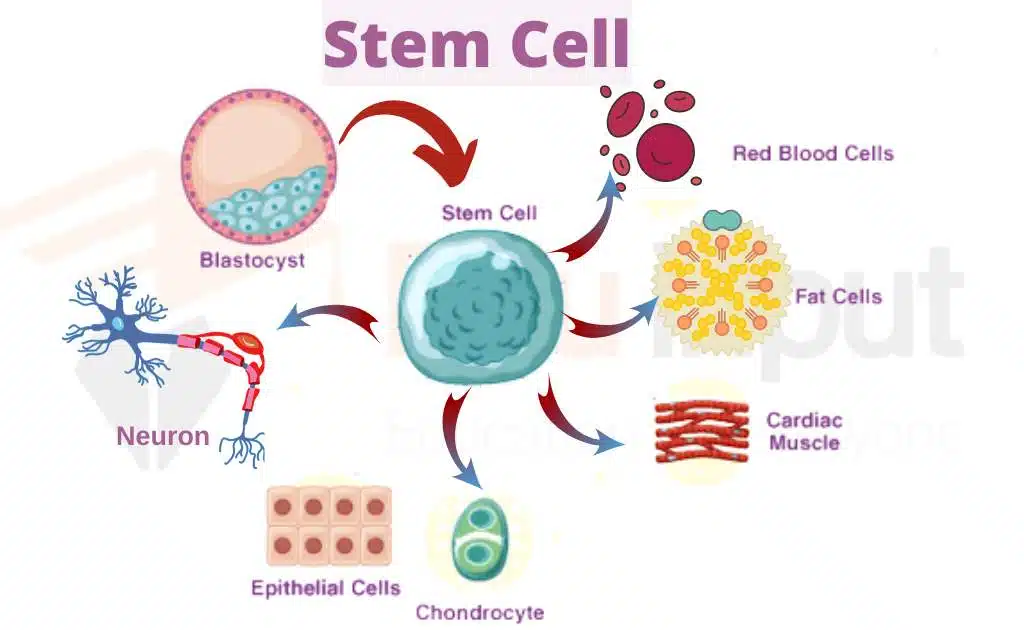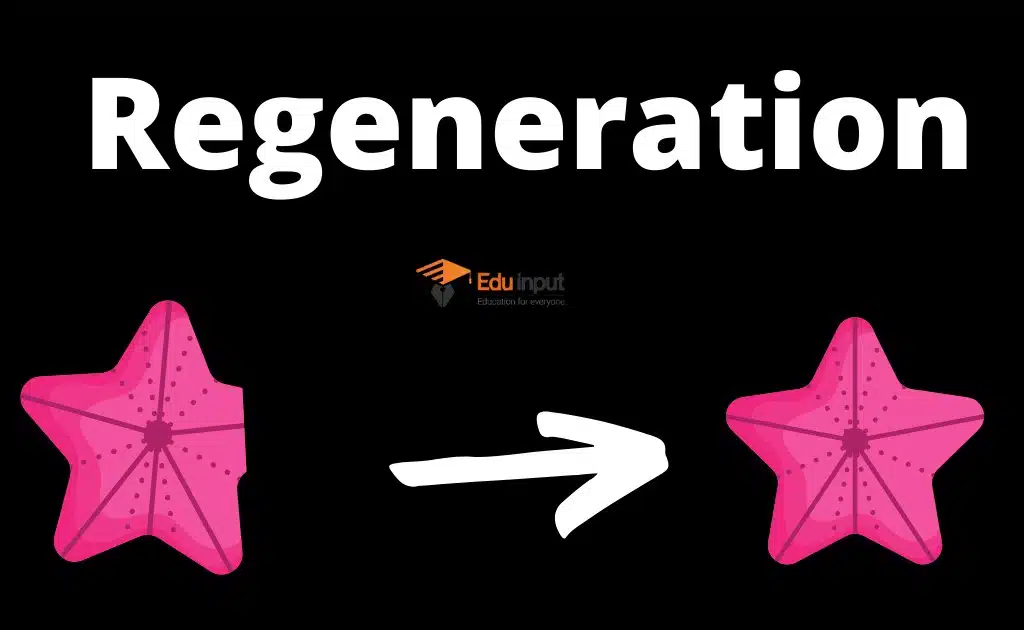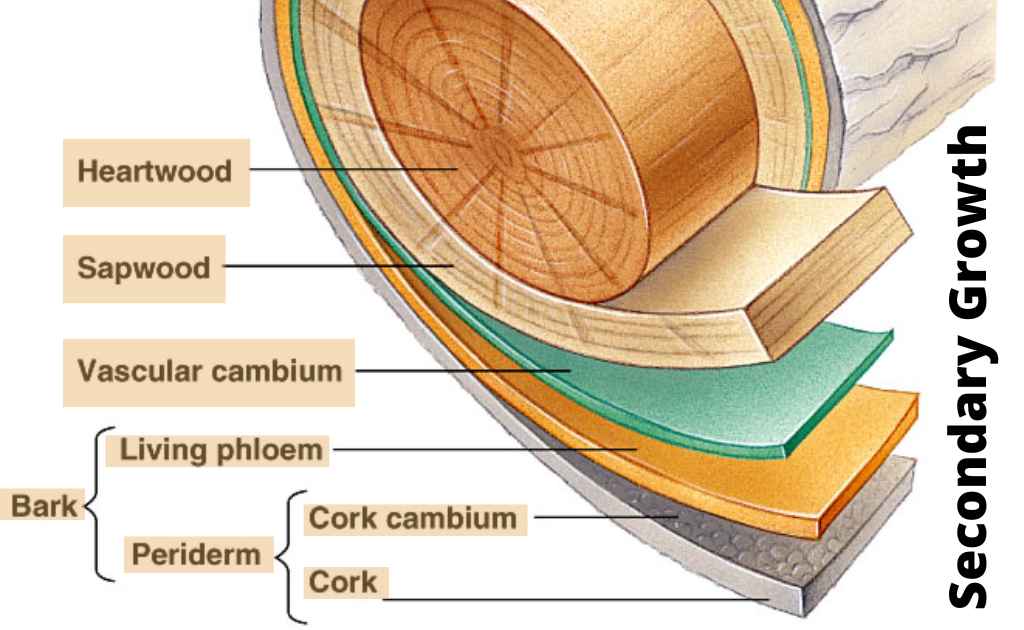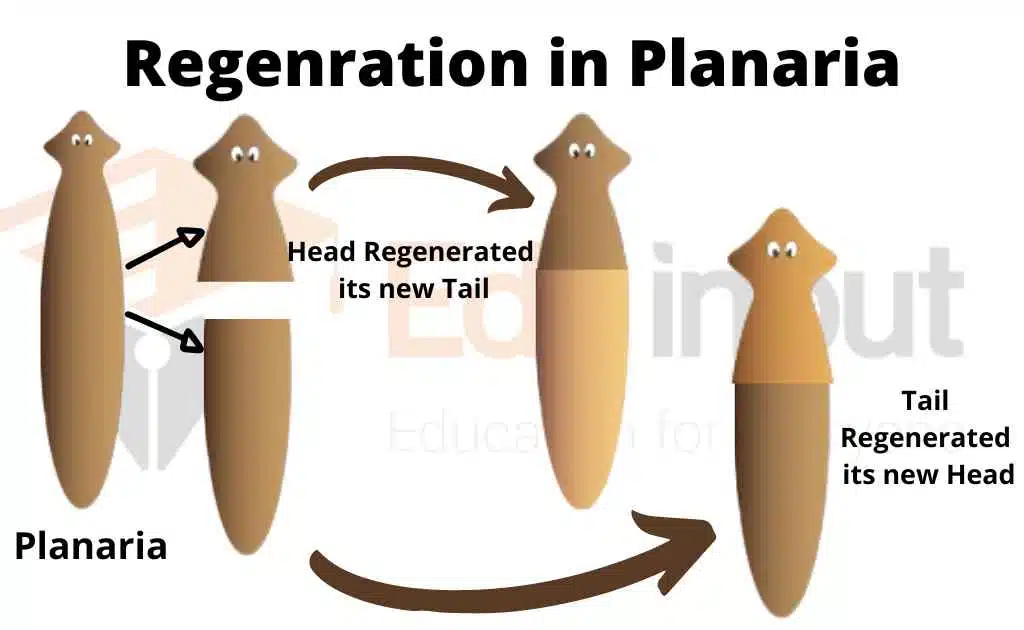Concept of Differentiation and Embryonic Induction
Cell differentiation is the process of stem cells becoming specialized or differentiated from their original state. This occurs during embryonic development and also happens in adults.
Cell differentiation is a complex process that involves changes in gene expression and protein synthesis. The process starts with the formation of a single cell into two daughter cells. Then these daughter cells undergo further division until they reach the final stage of differentiation.
Differentiation
Differentiation is the process where similar cells develop into different types of cells with specialized functions. For example, a fertilized egg contains various cytoplasm components that are unequally distributed. These different cytoplasms have morphogenetic determinants, which are responsible for continuing the function of a specific cell type.

So, the zygote contains all the information needed for the development of an individual. However, it’s difficult to understand how these cells differentiate. Spemann performed a series of experiments amphibian embryo in order to understand the concept of differentiation.
Experiment 1: He took out a piece of ectoderm from an embryonic frog. He grew it in a separate dish. This embryo without a piece of ectoderm was unable to form a normal nervous system, but it had a defective nervous system. Similarly, the isolated piece was active and healthy, but it did not develop a nervous system.
Experiment 2: He separated the mesoderm from the ectoderm and then folded the flap of the ectoderm back into place. The frog did not develop a nervous system.
Conclusion: So it was proved that mesoderm stimulates the ectoderm to form the nervous system.
Embryonic Induction
The capacity of some cells of an embryo to influence the development of the other cell is called embryonic induction. Hans Spemann and Hilde Mangold in 1924 formed experiments on induction. They took two embryos of salamander at the gastrula stage.
They removed a piece of dorsal blastopore lip from one embryo.
They transplanted this piece into a ventral or lateral position of the second salamander gastrula.
The second gastrula invaginated and developed a notochord and somites (muscles). The piece of dorsal blastopore lip induced the second embryo to develop a complete nervous system. This nervous system developed at the site where the dorsal blastopore lip was paced. The developing embryo had both grafted tissue and induced tissues.
Later on, it was seen that only cells from the dorsal lip of the blastopore can induce the development of the complete embryo. The area of the dorsal lip of the blastopore corresponds to the presumptive areas of the notochord, somites, and prechordal plate.
The dorsal lip of the blastopore is the only tissue capable of inducing the development of the secondary embryo in the host. So Spemann designated the dorsal lip area as the primary organizer. This phenomenon is called primary induction.
Frequently Asked Questions-FAQs
What is differentiation?
Cell differentiation is the process of stem cells becoming specialized or differentiated from their original state. This occurs during embryonic development and also happens in adults.
What is an example of cell differentiation?
The development of a multicellular and complex structure from a single-celled embryo is the most common example of cell differentiation.
What is responsible for cell differentiation?
Cell signaling controls the process of cell differentiation.
What is embryonic induction?
The capacity of some cells of an embryo to influence the development of the other cell is called embryonic induction.







Leave a Reply